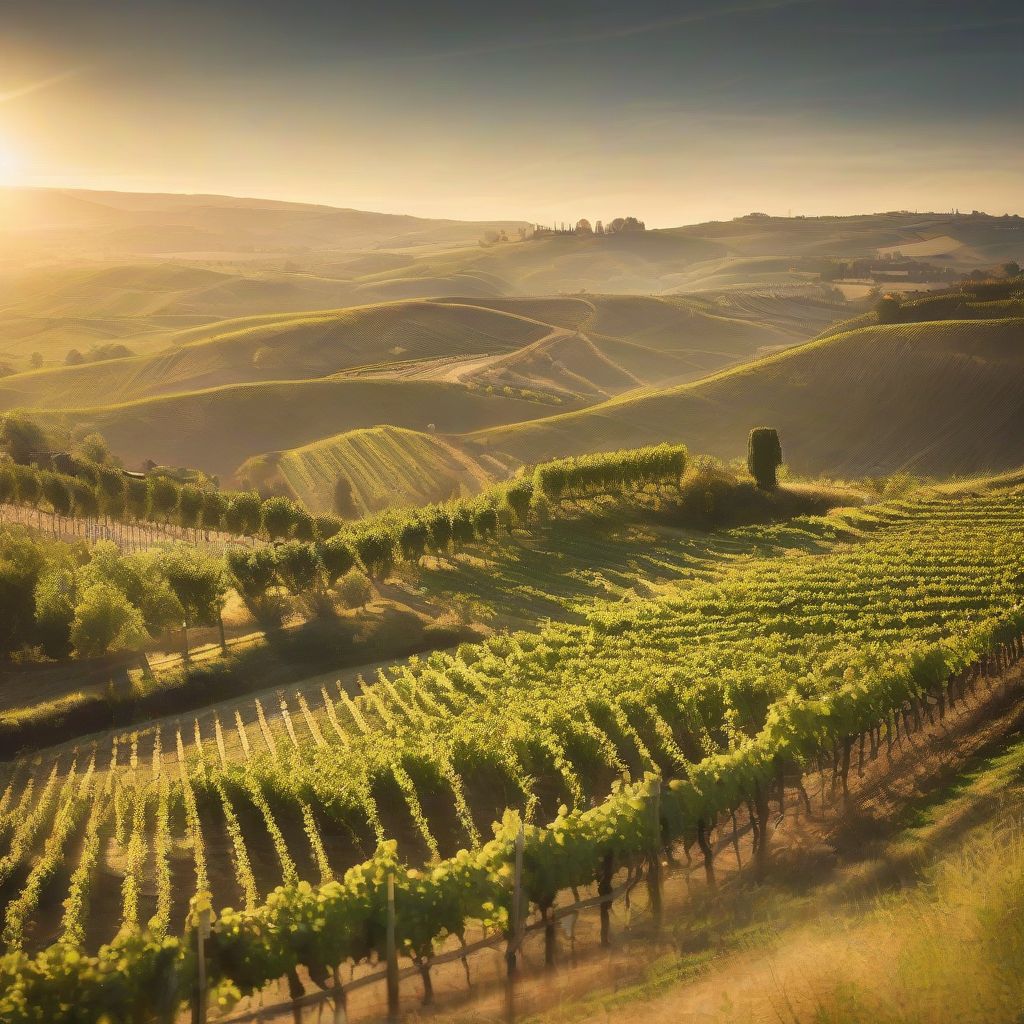Imagine yourself swirling a glass of wine, its ruby depths reflecting the flickering candlelight. As you bring it to your nose, you’re greeted by an intoxicating aroma of blackberries and spice, with a hint of something earthy and unfamiliar. “This,” you think, “is a wine with a story.” And you’re right, because this wine’s story begins long before it reaches your glass. It’s a story etched into the very land where the grapes were grown – a story of terroir.
Beyond the Grape: Understanding Terroir
Terroir, a French term with no direct English equivalent, encompasses the complete natural environment in which a wine is produced. It’s the intricate interplay of:
- Climate: Sunlight, rainfall, temperature, and wind patterns all influence grape ripening and flavor development.
- Soil: The composition, drainage, and mineral content of the soil impact vine health and impart unique characteristics to the grapes.
- Topography: Altitude, slope, and aspect (the direction a vineyard faces) affect sun exposure, temperature, and water drainage.
- Biological factors: This includes the vineyard’s microbial life and even the surrounding flora and fauna.
Think of it like this: each bottle of wine is a snapshot of its origin, carrying within it the essence of its terroir.
 Vineyard in Rolling Hills
Vineyard in Rolling Hills
The Language of Terroir in Wine Reviews
For wine enthusiasts, understanding the influence of terroir can unlock a deeper appreciation for the nuances of different wines. It’s here that wine reviews play a crucial role, acting as interpreters of the language of terroir.
Wine critics, with their trained palates and extensive knowledge, often use specific terms to describe how terroir manifests in the glass. You might encounter phrases like:
- “Minerality”: Suggesting flavors or aromas reminiscent of wet stones, chalk, or flint, often attributed to specific soil types.
- “Earthy”: Implying notes of forest floor, mushroom, or truffle, potentially influenced by the vineyard’s surrounding vegetation or soil.
- “Sun-drenched”: Indicating ripe, concentrated fruit flavors, a hallmark of vineyards with ample sunshine.
- “Cool-climate elegance”: Describing wines with higher acidity and restrained fruit, often found in regions with cooler temperatures.
By weaving these sensory details into their reviews, critics paint a vivid picture of a wine’s origin and character, allowing readers to taste the terroir, so to speak.
Decoding the Terroir: How Wine Reviews Guide Us
Reading between the lines of a wine review can reveal a wealth of information about a wine’s terroir and potential taste profile. Here’s how:
- Regional Typicity: Wine reviews often mention how well a wine expresses the typical characteristics of its region. For instance, a review praising a Sauvignon Blanc’s “classic Loire Valley minerality” immediately sets certain expectations about its taste profile.
- Vintage Variations: Critics often discuss the influence of a particular vintage (year of harvest) on a wine. A warm, dry vintage might result in bolder, more concentrated wines, while a cooler, wetter year could lead to lighter-bodied wines with higher acidity.
- Producer Style: While terroir provides the foundation, winemaking techniques also play a role in shaping a wine’s final expression. Reviews often highlight how a producer’s choices – such as oak aging or fermentation methods – interact with the terroir to create a unique wine.
Beyond Taste: Terroir and the Story of Place
Understanding the role of terroir in wine reviews goes beyond simply identifying flavors. It allows us to appreciate the connection between a wine and its place of origin, adding a captivating layer of narrative to every sip.
Consider the difference between a Pinot Noir grown on the windswept slopes of Burgundy and one from the sun-drenched vineyards of California. Both are Pinot Noir, yet their terroir shapes them into distinct expressions of their origin, each telling a different story of soil, climate, and people.
Uncorking the Experience: Embracing Terroir
The next time you find yourself browsing the wine aisle or exploring a restaurant’s wine list, take a moment to consider the terroir. Read the reviews, delve into the descriptions, and let your curiosity guide you.
Look for wines that pique your interest – perhaps a Spanish Rioja with its “earthy complexity” or a New Zealand Sauvignon Blanc known for its “zesty acidity.” Each bottle offers a chance to embark on a sensory journey, to taste the land, and to experience the magic of terroir firsthand.
Now, it’s your turn! Share your thoughts in the comments below. Have you ever tasted a wine that truly captured the essence of its terroir? What are some of your favorite wine regions and the unique characteristics that draw you to them?
No products found.
